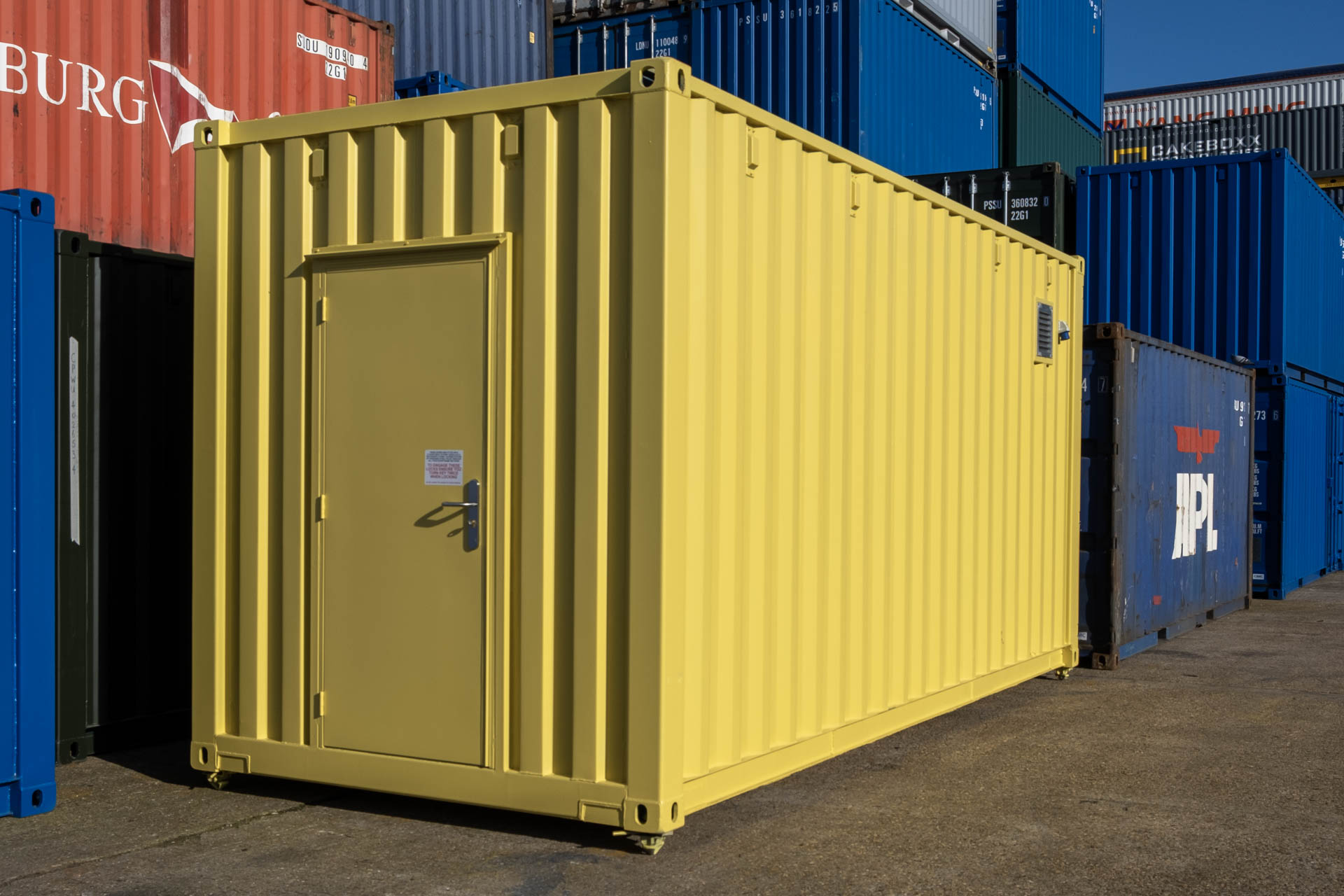With cargo container ships able to carry nearly 24,000 fully loaded shipping containers since the Ever Ace was launched in July 2021, shipping containers have become a valuable commodity, and not just for transporting goods.
It has since become clear that all of the traits that make shipping containers able to survive choppy waters found when travelling the oceans of the world also make shipping containers a desirable building material.
Modified shipping containers have proven to be exceptionally versatile, being used to create homes, pop-up shops, stalls, kitchens, restaurants and even swimming pools.
They can also be moved easily or serve as a firm foundation, and it has inspired many people to buy a container and work on conversions.
Before you do, however, there are a few important considerations to make, to ensure that you will not face any safety, planning or legal issues when making your changes.
Planning Permission And Building Regulations
Whether you need planning permission or to follow building regulations will largely be determined by what your project ultimately is.
If you are building a house you will be required to submit a planning application, but if a container is used on a property as a shed, storage space or extension, it may qualify under permitted development, but it is vital to discuss this with your local planning authority.
If you are planning on building a house, flat or hotel out of shipping containers, make sure you are following approved building regulations for the type of building you are trying to construct.
Often this involves keeping to minimum space and height standards, so ensure that your added insulation, flooring and ceilings do not reduce the living space too much.
Shipping Container Quality
As new shipping containers are in exceptionally high demand at the moment, most people who are starting a conversion project will be looking at used shipping containers no longer in service.
Unfortunately, as shipping containers often take a lot of punishment on long journeys across the world, they can sometimes have damage, in some cases on a critical structural level, and so caveat emptor is in effect.
In particular, watch for holes, signs of rust and painted over rust, broken doors that cannot be locked, the quality of the wooden floor, a loss of water-tightness and check it for contamination.
Mobility
One of the biggest advantages of a shipping container building is that it can easily be picked up, packed up onto an HGV and driven to a new location.
However, if you plan on being mobile with your converted container, whether because you are setting up a pop-up stall, mobile vendor or another moving facility, make sure that all of the elements you have set up are secure enough to survive a long journey.
Structural Integrity
Shipping containers are inherently strong and can be stacked on top of each other many times over.
However, when creating a converted home, it can be tempting to remove some parts of a container to widen the living space. Whilst this can be done, it must be done with care to avoid reducing the overall structural rigidity.

